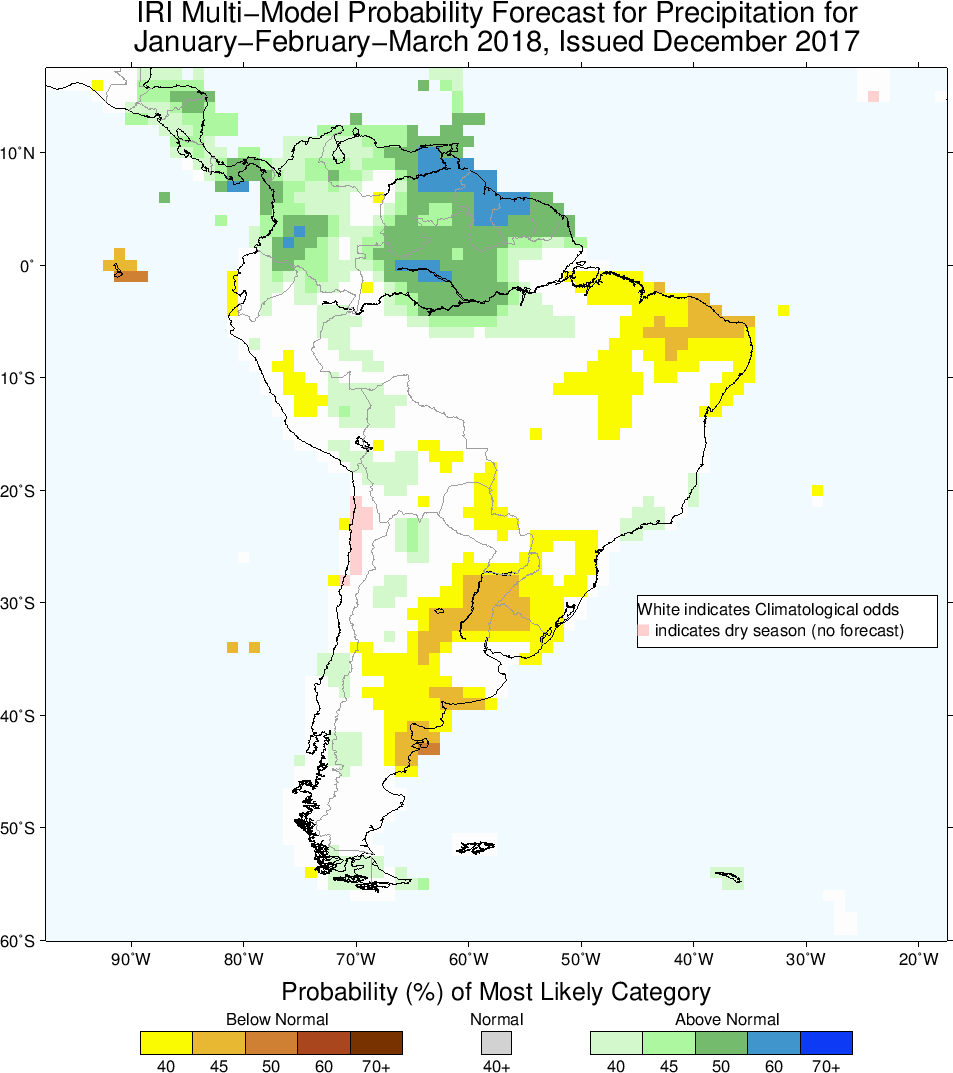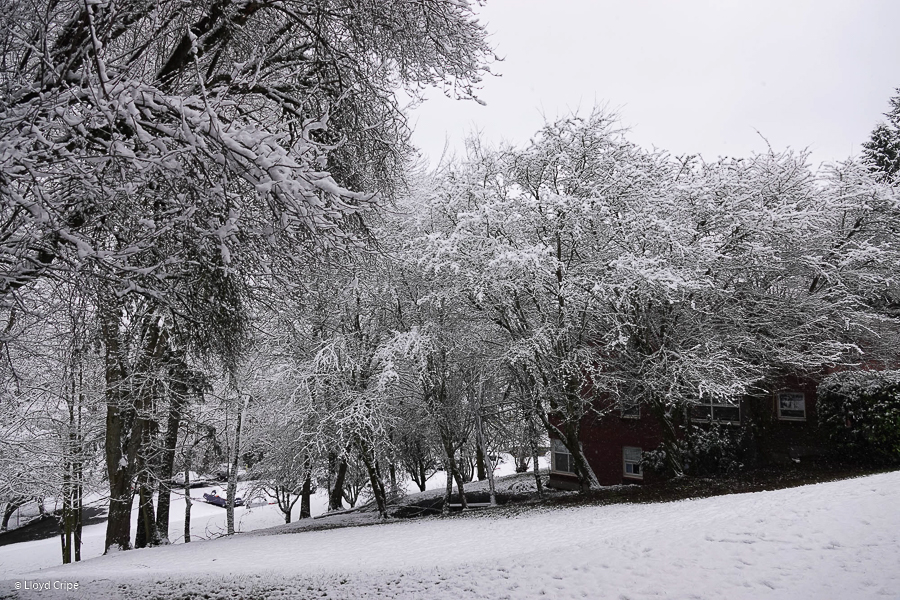| January 9, 2018 | No.105 |
December 2017
(Back Issues Here)
2017 is gone and 2018 is here. We can now take a look at the rain for December 2017 and the total for the year. Here at the Palmira Station we had 7.03 inches of rain in December and a total of 147.4 inches of rain for the year 2017.
The reports from around the District of Boquete for December and the year can be seen in the table below:
Rainfall for December 2017 |
|||
Area |
Contributors |
December |
Total 2017 |
El Santuario |
Terry Zach |
8.85 |
127.3 |
Jaramillo Arriba |
Steve Sarner |
17.52 |
189.26 |
Jaramillo Abajo |
Don Berkowitz |
8.11 |
unknown |
Jaramillo Abajo |
Bobi McGann |
10.27 |
198.72 (October Missing) |
Brisas Boquetenas |
Austin Perry |
5.30 |
197.75 |
Los Molinos |
Sela Burkholder |
5.67 |
unknown |
Santa Lucia |
Paula Litt |
n/a |
unknown |
Lucero (Cielo Paraiso) |
Michael Mullin |
3.77 |
271.22 |
Palmira Abajo |
Betty Gray |
3.93 |
165.95 |
Palmira Arriba |
Lloyd Cripe |
7.03 |
147.4 |
n/a = not currently available but will be posted when available |
|||
As usual, note the variability between the various areas. The lowest for December was reported by Michael Mullin in Lucero with 3.77 inches. Steve Sarner reports 17.52 inches up in Jaramillo Arriba.
Note where the high rainfalls (Jaramillo and El Santuario) and the low rainfalls (Lucero and Palmira Abajo) were reported.
As we move into the dry season, winds and air masses mainly come from the NE which produces rainfall on the Bocas side and is then pushed up into the mountains north of Boquete. The moisture is pushed into our area from the NE as a mist or what is called "Bajareque" in Spanish. If enough rain and mist fall high in the mountains, our rivers (e.g. the Caldera) gorge and can flood. There were several days in December when the rivers did fill with more than normal water and I thought we might get some flooding. Fortunately, this did not happen. Steve Sarner reports the following:
The big news this month was 7.09" of Bajareque on Dec 10 and 4.23" on Dec 11. My gauges don't measure wind driven rain very well. When the wind is about 25 knots the rain is being blown up the hill and hitting the rain gauge on the bottom or the side, not falling in the funnel at the top. Still we measured over 11" in 2 days. The most Bajareque we have ever measured before in a day was about 2.5". I was surprised the rivers did not flood.
Areas south of Boquete generally had lesser rain in December. This is common as these areas are farther removed from the NE moisture that moves over the mountain into the Boquete District.
Thanks again to all those who contribute their monthly rain data throughout the year. Without their help we wouldn't have this information. Their dedication to daily weather observation is appreciated by many.
Looking at the monthly rainfall graph for the Palmira Station from 2007 to the present we see that December's rain averages 3.38 inches and ranges between 1 and 7 inches. This years 7.03 inches of rain was high for December.
Regarding the annual rainfall, our total for 2017 of 147.40 inches is at the average level based on the 10 years of weather data that we have. The annual rainfall average for the last 10 years is 146.48 inches with a range between 88.74 to 221.53 inches. So overall our rainfall for the year was about average here at the Palmira Station. Unfortunately we don't have such data for all the other areas in the Boquete District.
If any of you want to start collecting rain data and sharing it with us, let me know. Here is a link to a good quality manual rain gauge. It needs to be placed in an open area on a post with minimal obstacles nearby (trees and buildings). You have to check it regularly and write down the data on a log. It isn't complicated but it takes a dedicated diligence. Think about becoming a contributor.
The latest ENSO Cycle Report is now saying that "La Niña conditions are present. Equatorial sea surface temperatures (SSTs) are below average across the central and eastern Pacific Ocean. La Niña is likely (exceeding ~80%) through the Northern Hemisphere winter 2017-18, with a transition to ENSO neutral most likely during the mid to late spring."
If you want to learn more about El Niño, this is a good website to understand the phenomenon and its effects on our climate and weather.The IRI (International Research Institute for Climate and Society) (select South America from the Region menu) is reporting the following precipitation predictions for January-February-March of 2018. Note a prediction of above normal precipitation for our area (green) but generally mixed for large area of South America.

ETESA's, hydrology and meteorology section is predicting that we will generally have normal levels of precipitation in our part of Chiriqui for the month of January 2018. You can read their report and check out the details for January 2018 in the documents section at this link.
You can expect the winds to pick up this month. I like to follow the current winds of the world and more specifically those near us at the EarthWind Map. If you haven't seen this website I suggest you check it out.
We were glad to get back to our Palmira Boquete home after being in the Pacific Northwest over the holidays. We had 2 inches of snow at Mercer Island, Washington near Seattle on Christmas morning. It was nice to see the white stuff and have a White Christmas with family but fortunately it didn't stay long (only a couple of days). Here is a Christmas morning view.

If you have been following the weather up north you know that the northeastern states have been blasted with very cold polar weather systems. Sure makes me happy to be living here in Paradise. I don't need the white and slippery stuff to be happy.
Fortunately you won't need the umbrellas all that much now that we are well into the dry season. Sandra knew that I would miss my umbrella for several months so she gave me a special Christmas book about Brolliology. It will keep me company and help me have a deeper understanding of an important thing in our lives. She knows what is important to me. Thank you Dear.
Best of the New Year,
Lloyd Cripe
